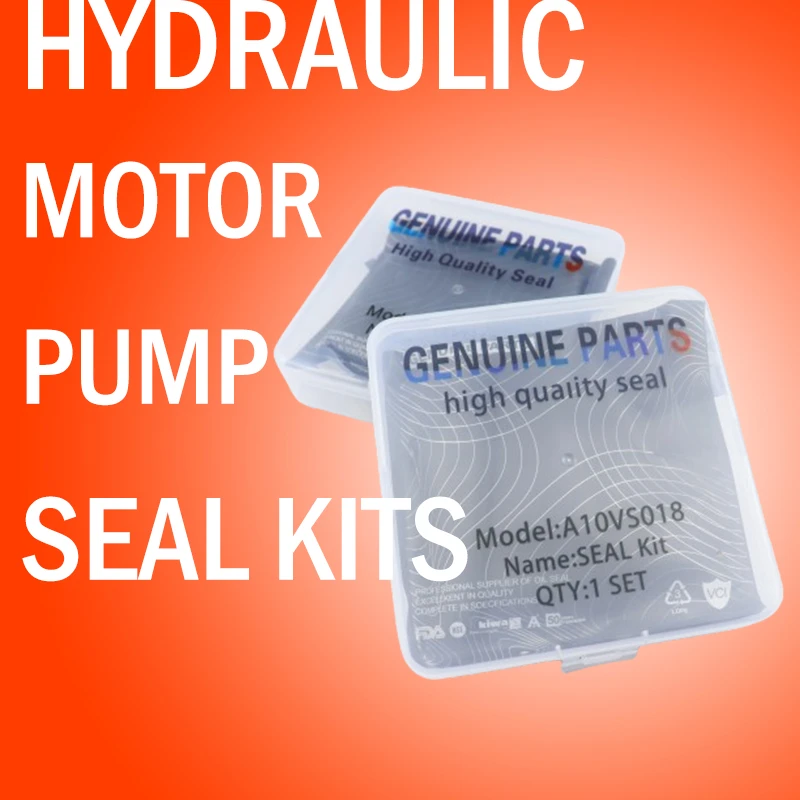دېكابىر . 03, 2024 23:31 Back to list
High-Quality Hydraulic Seal Kits for Optimal Performance and Durability in Your Equipment
Understanding Hydraulic Seal Kits Essential Components for Fluid Power Systems
Hydraulic systems are integral to various industries, powering everything from construction machinery to automotive applications. At the heart of these systems are hydraulic seal kits, essential components that ensure the efficient operation and longevity of hydraulic equipment. This article delves into the significance of hydraulic seal kits, their components, selection criteria, and maintenance tips to keep your hydraulic systems running smoothly.
What is a Hydraulic Seal Kit?
A hydraulic seal kit is a collection of seals, O-rings, and other components designed to prevent fluid leakage in hydraulic systems. These kits are crucial for maintaining pressure within hydraulic cylinders and preventing contamination from external elements. A hydraulic seal kit typically includes various types of seals such as rod seals, piston seals, backup rings, and wipers, each serving a specific function in the hydraulic system.
Components of a Hydraulic Seal Kit
1. Rod Seals These seals are positioned at the rod end of a hydraulic cylinder, preventing hydraulic fluid from leaking out of the cylinder while ensuring that dirt and debris do not enter the cylinder.
2. Piston Seals Located inside the cylinder, piston seals prevent fluid from leaking past the piston, ensuring maximum efficiency and power transfer in the system.
3. Wipers Also known as scrapers, wipers are installed at the cylinder's entrance to remove dust, dirt, and other contaminants from the rod surface before they can enter the cylinder.
4. Backup Rings These non-extruding rings are used alongside other seals to provide additional support and prevent seal extrusion under high pressure, thus enhancing durability and reliability.
5. O-Rings Versatile and widely used, O-rings are circular seals that can be used in various applications within the hydraulic system, providing effective sealing against fluid leakage.
Importance of Selecting the Right Seal Kit
Choosing the right hydraulic seal kit is crucial for the efficiency and reliability of hydraulic systems
. Factors to consider includehydraulic seal kit

- Material Compatibility Different fluids and applications require seals made from specific materials. Common materials include nitrile, polyurethane, and fluoropolymer, each offering unique properties such as temperature resistance and chemical compatibility.
- Size and Configuration Seals must match the exact dimensions and configurations of the hydraulic components. Accurate measurements are essential to ensure a proper fit and optimal performance.
- Operating Conditions Consider the pressure and temperature ranges within which the hydraulic system operates. Seal kits should be rated for the specific operational conditions to ensure longevity.
Maintenance Tips for Hydraulic Seal Kits
To maximize the lifespan of hydraulic seal kits and prevent costly downtimes, regular maintenance and inspection are necessary. Here are some tips
1. Regular Inspections Periodically check for signs of wear and tear on seals, including cracks, deformation, or hardening. Early detection of seal failure can prevent system failure.
2. Fluid Quality Ensure hydraulic fluids are clean and free from contaminants. Dirty fluids can degrade seals and lead to premature failure.
3. Proper Installation Follow manufacturer guidelines for installing seal kits. Incorrect installation can lead to leaks and damage to hydraulic components.
4. Environment Consideration Ensure the hydraulic system is shielded from extreme environmental conditions, such as excessive heat, cold, or exposure to chemicals that can degrade seals.
5. System Pressure Checks Regularly monitor system pressure to ensure it remains within specified limits. Excessive pressure can cause seals to extrude or fail.
Conclusion
Hydraulic seal kits play a crucial role in the functionality and efficiency of hydraulic systems. By understanding their components, the importance of proper selection, and maintenance practices, professionals can ensure their hydraulic systems operate optimally and avoid unnecessary downtime. Investing time and resources into selecting the right hydraulic seal kit and maintaining it will lead to improved performance and extended service life for hydraulic equipment.
-
Unlocking the Potential of Hydraulic Systems with Essential Sealing Solutions
NewsAug.06,2025
-
Unleash the Power of Your Hydraulic Systems with Our Premium Seal Kits
NewsAug.06,2025
-
Specialized Hydraulic Seal Kits for Breakers, Pistons, and Presses
NewsAug.06,2025
-
Revitalize Hydraulic Systems with Premium Repair and Seal Kits
NewsAug.06,2025
-
Fortify Your Cylinders with Premium Sealing Solutions
NewsAug.06,2025
-
Elevate Hydraulic System Reliability with Specialized Seal Kits
NewsAug.06,2025
-
TCN Oil Seal Metal Ring Reinforcement for Heavy Machinery
NewsJul.25,2025
Products categories
















